Today Nicola Sturgeon’s holding a summit on abortion rights, and it looks like Scotland might finally get protestor-free buffer zones around abortion clinics.
Not before time. In the wake of the US Supreme Court overturning the right to abortion on Friday, it’s vital that we cement ourselves as a nation committed to retaining and respecting the right to choose.
Pro-life activists here will only be emboldened by the new American stance, so the quicker they are removed from outside abortion clinics, the better.
No one deserves to be harassed or judged for accessing healthcare.
But as the dialogue around abortion becomes more urgent, I can’t help feeling like folks on both sides of the argument (pro-life and pro-choice) are missing the woods in favour of the trees.
The conversation about abortion is an important one, but it is part of a wider conversation about bodily autonomy and reproductive rights.
‘You’ll change your mind’
There are two extremes when it comes to unwanted pregnancy – prevention and cure.
And it seems to me you cannot progress as a society with abortion without also bringing the chat around voluntary sterilisation into the 21st Century.
I don’t want children. And I never will.
For me, that’s an easy statement. It’s been a fact of my being for as long as I remember: I don’t want kids. End of.
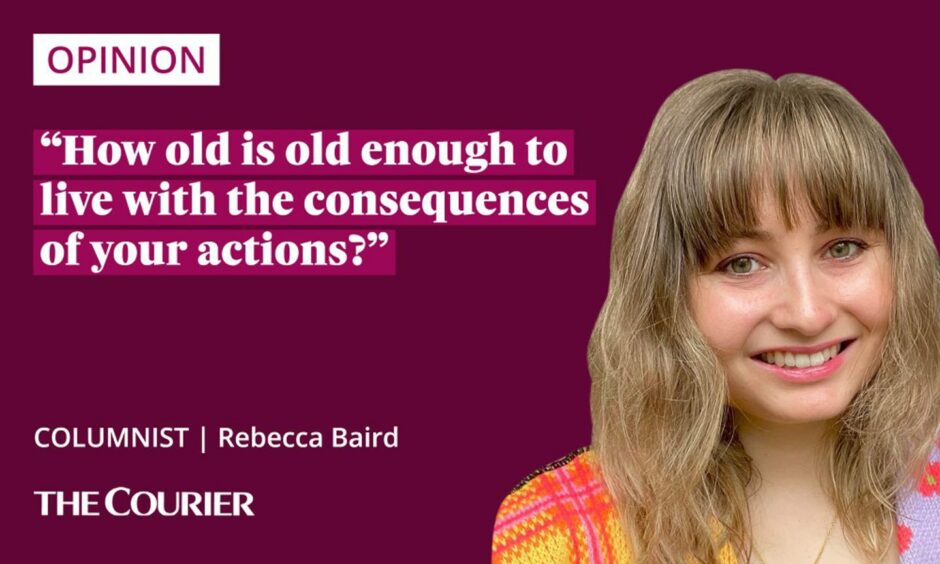
There are lots of reasons why I wouldn’t – we are living on a dying planet, during a cost of living crisis, following a pandemic.
For many women like me, aged 19-29 (the two age ranges at which most abortions are administered), having kids is not a “maybe”. It’s a hard no.
But while some of those reasons apply to me in theory – and serve me handily when I want to quickly serve up a logical end to the conversation – they’re not my reasons.
I don’t want kids because… I just don’t. In the same way that I will never want to eat a tuna mayo sandwich, or jump out of a plane for charity, or live in Alaska.
There’s nothing wrong with doing those things. They just don’t appeal to me.
But where I see a fact, an unwavering truth about myself, others perceive denial, immaturity, and a lack of readiness that’s certain to change with age.
They project their own desires – or their own uncertainties – on to me. But I’ve never been uncertain. My not wanting kids feels as natural to me as wanting them does to others.
It’s inbuilt. Default. Fundamental.
Yet I am still frequently told: You’ll change your mind.
And from relatives, colleagues, and peers, that’s annoying. But from medical professionals, it’s infuriating.
What is voluntary sterilisation?
For me, pregnancy = abortion. Even if I was in a happy relationship, with a stable home and decent income. Yes, even then.
Because “I can” isn’t a good enough reason to have kids. Children should be wanted.
And as for the “you don’t have to keep the baby” argument? I have no interest in putting my body through a pregnancy. So that’s a no-go.
To be clear: I don’t want to have an abortion. I use the most effective method of contraception available to me (IUD) because I don’t relish the thought of that particular hospital trip.
But nothing is 100% reliable, and this weekend, when my American friends suddenly found themselves with fewer rights overnight than their mothers had at their age, I began to seriously consider what life would be like if I became pregnant and my right to an abortion was stripped from me.
The conclusion I came to was: I couldn’t do anything.
The only way to ensure I never need to have an abortion is to undergo voluntary sterilisation – to get my fallopian tubes tied so I can’t become pregnant in the first place.
It’s a very simple outpatient procedure. Lots of people get the girl-snip and are home by teatime.
No wonder it’s the most popular method of birth control among women with access to it.
To me, it would make a huge difference. A pervasive, constant ‘what if?’ fear would be gone.
But when I asked my GP about my options for voluntary sterilisation a couple of years ago, I was laughed at.
“We wouldn’t consider that until you’re at least 30,” I was told dismissively. “And even then, we like you to have had at least one child.
“We don’t want people doing something they’d regret.”
#NoRegrets
This “fear of regret” narrative is a looming spectre across the whole abortion debate and it is utter nonsense.
“Regret” is brought up as a way to discourage both abortion and sterilisation; like a tattooed teenager being lectured by granny, we are told: “You know that’s permanent, right?”
Having a child is also pretty damn permanent as far as life decisions go. But no one is bringing up the spectre of hypothetical regret in an examination room of a woman who wants her pregnancy.
A 16-year-old is deemed old enough to have sex and live with the consequences – including pregnancy and parenthood, or a termination – but a woman in her 20s cannot make up her mind to rule out pregnancy entirely, in case she changes her mind later?
It begs the question: How old is old enough to live with the consequences of your actions?
Let’s talk about voluntary sterilisation, baby
I’m not suggesting that a blanket lowering of the age threshold for voluntary sterilisation is the answer.
I am, however, endlessly enraged by the infantilising discrepancy between the age at which you are deemed autonomous enough to decide you’ll become a parent, and the age at which you are allowed to decide you categorically will not.
We must open up a conversation between healthcare professionals and patients about voluntary sterilisation if we are to become a truly pro-choice nation.
Because being pro-choice is about more than abortions; it’s about entrusting people with their own bodies, and advocating for their decisions about them.
The “regret” narrative is just a way of gatekeeping people’s own bodies from them.
The idea that irreversible means regrettable is damaging; and the idea that regret is ultimately worse than a lack of control even more so.
Having a child is permanent. Abortion is permanent. Sterilisation is permanent.
Regret is not even guaranteed.
The choice to bear children or to prevent my body from doing so is mine to make; and mine alone to regret.
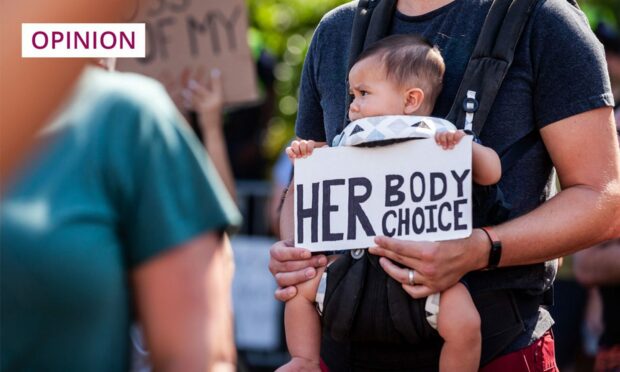
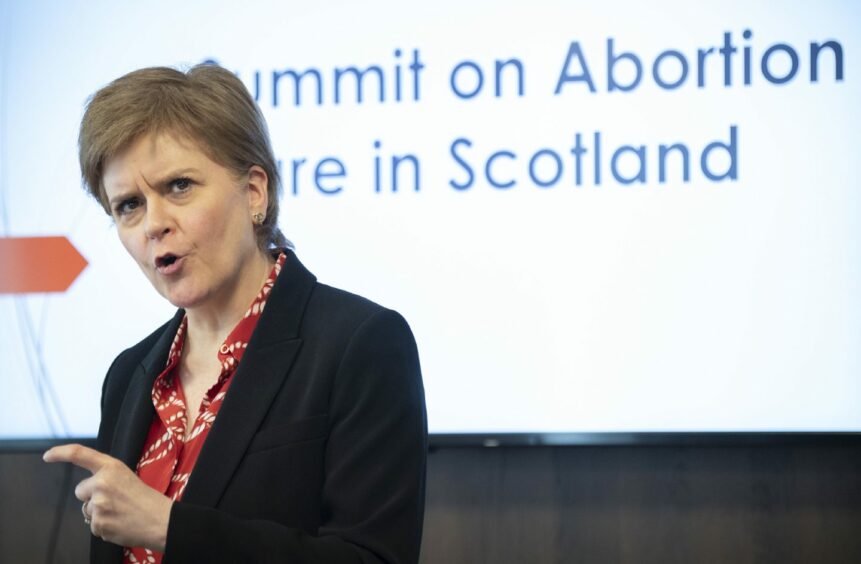
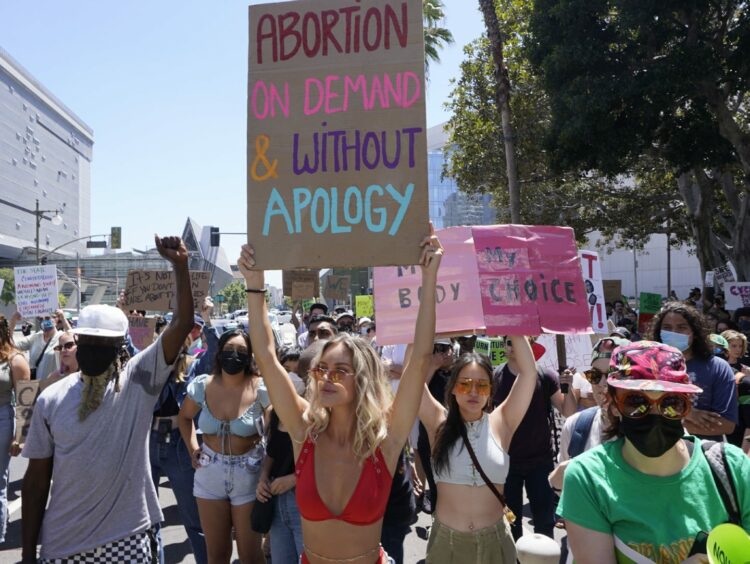
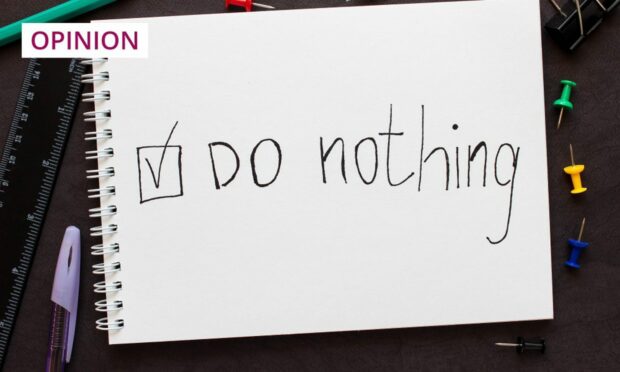
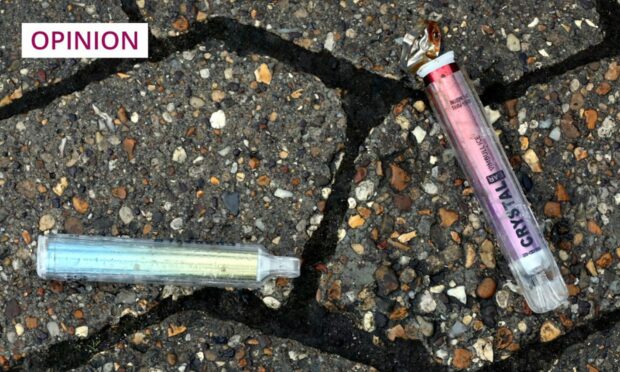

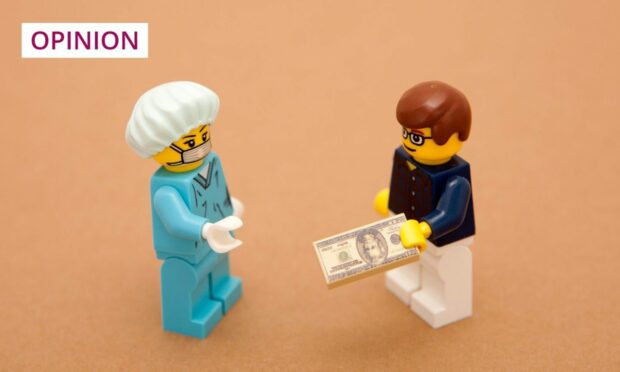
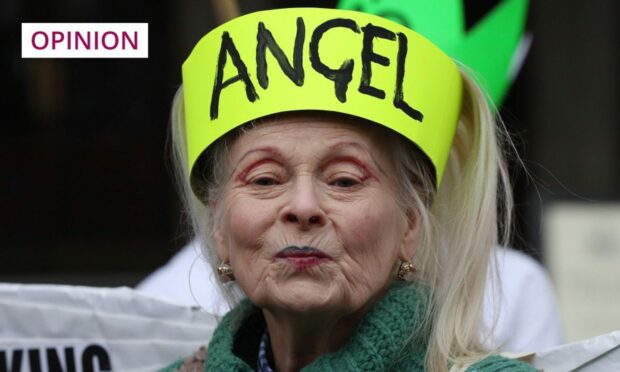
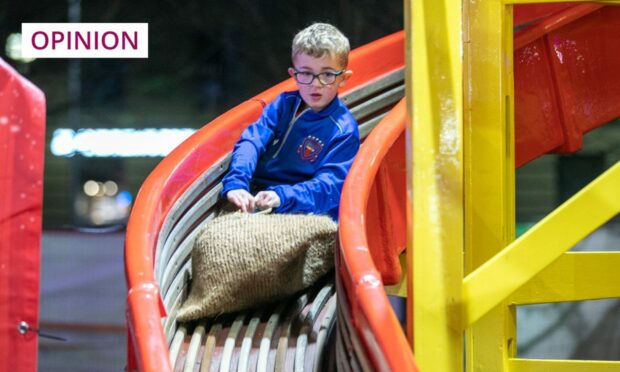



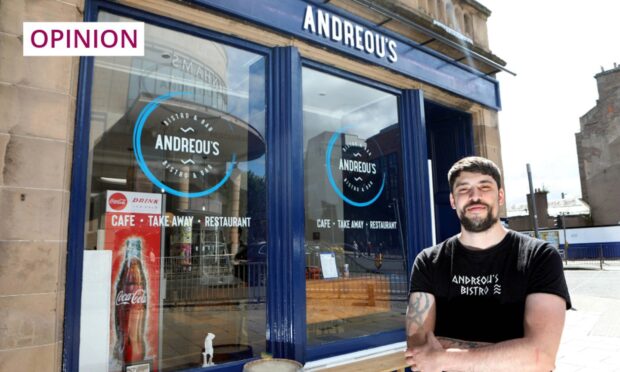
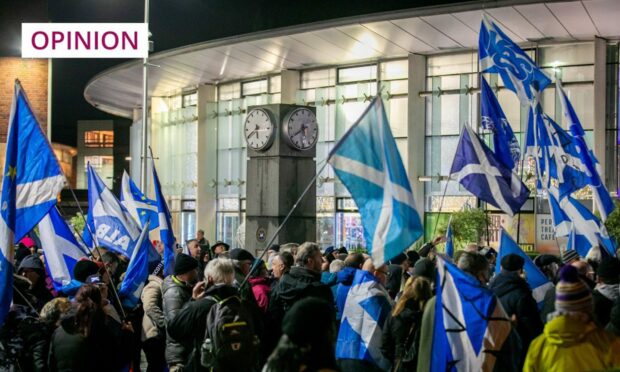
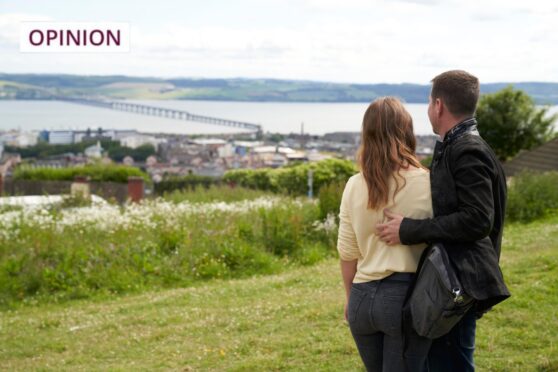
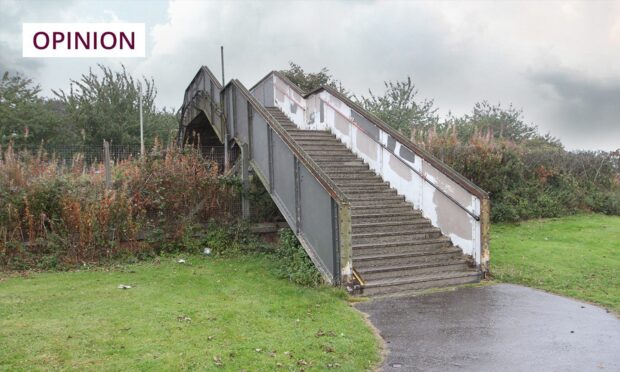
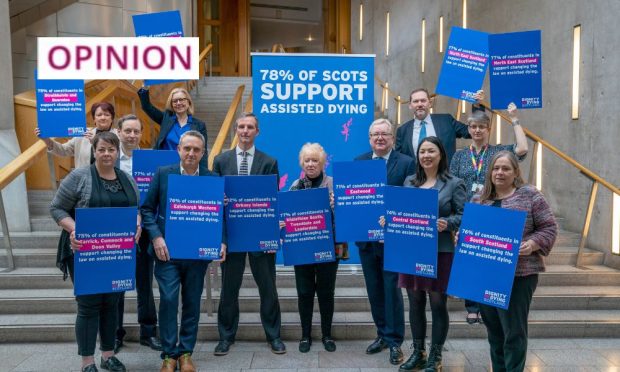

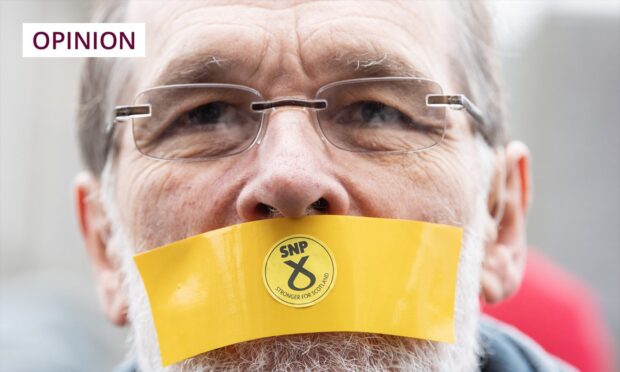
Conversation